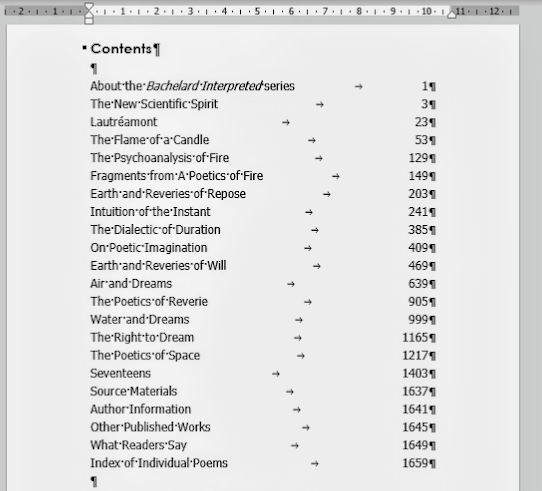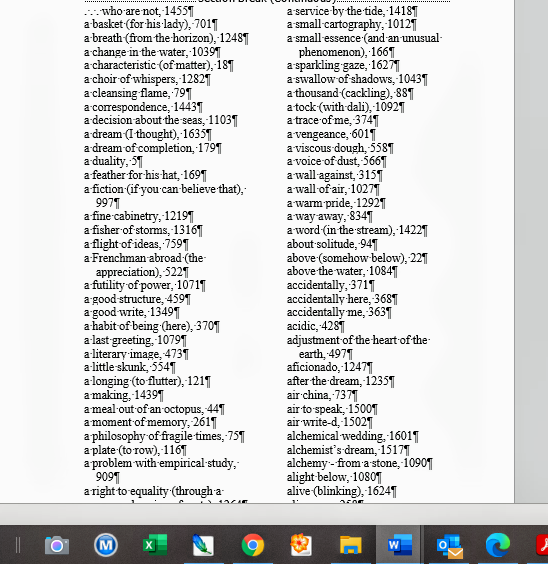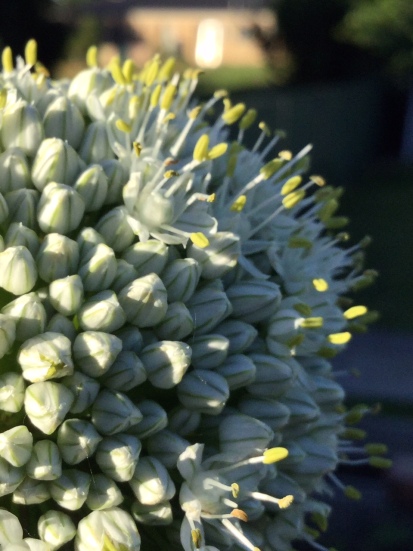Writing Perspective
For some time now, I have been contemplating changes of writing perspective that c0me from using multiple voices. The usual approach, in poetry at least, is to write in a single voice and reflect a single perspective.
For example, I might write in my own voice and use my own thoughts and feelings on an issue or whatever the subject of the poem may be. Alternatively, I might adopt a character to represent a different, or chosen perspective on the subject that I wish to explore.
Both these approaches are completely valid.
Let us all sit in a circle . . .
I have always been attracted by a different notion, however. I believe that the phrase ‘what you see depends on where you sit’ contains an underlying truth, and it has often been my wish to explore the different writing perspective from using two voices in my work. Imagine six artists, with their easels, seated in a circle around a model. Each artist is looking upon the same model, adopting a single pose.
The result? Six different pieces of art. No two exactly alike. The effect on writing perspective of using two voices to describe the same situation produces a similar result. Alternative, but valid, perspectives.
Artist and Author
The Premise of the Poem
Some time ago, while exploring this theme for myself I wrote a poem that I imagined being read by two voices. Perhaps a male voice and a female. Perhaps an artist and an author.
I was interested in bringing out the differences in perspective of the two characters and their orientations, while reconciling the fact that the subject is identical for both.
Artist and Author poem – first voice (author)
he makes a line
a word
upon the paper
he is writing
all of his life
into an opus
in the most important part
he tries to capture
what she has meant
in words . . .
the true statements
and even as his hand
pushes the pen along
to write more
he can hear
her laughter
rising
from what is
already expressed
upon the page
~
as he writes
her image flows
from the ink
of his pen
onto the paper
every detail brings her
more to life
he doesn’t need her
to stand
before
his eyes
the vision
he is writing
lives
within his mind.
and
as he approaches
a conclusion
he feels himself
right there
on the page
and beside her
~
pen
placed down
the only sound
is her laughter –
risen up to surround him
from a paragraph –
and strolling
on a blue-sky day
beneath
the sun
Artist and Author poem – second voice (artist)
the paper on the easel
has a tooth
or
so they say
in pastel
she is painting
a portrait
he emerges
in strokes
and shades
in the particular
of smudges
and even though
the face is not captured
completely
yet
already she can see
his mouth
attempt to smile
~
as her subject
takes a shape –
pastel
on toothed paper –
she is not aware
of the man
but
her picture has come
almost
to life
he is there
entire
funny mannerisms
quirky smiles
and twinkling eyes
everything about him
captured
upon the paper
he could not be more
real
for her
nor
more present
~
pastels down
the only life
is smiling at her
on the painted picture
strolling
hand in hand
beneath a blue sky
and the sun
How can two perspectives be brought together?
Presentation of these perspectives , in the form of a poem, can be difficult.
My attempt to deal with Artist and Author saw me using columns to present each of the sections matched beside each other, and with coloured text to distinguish each voice.
In a live reading to an audience, I would seek one (or two) audience members to join me in reading a part – first one, then the other.
In theory, the two parts could be read by the two voices at the same time. Difficult to distinguish, but essentially each part reflecting the same or parallel subject.
Phew.
Writing Perspective Using Two Voices – recording
Below is a recorded attempt to capture the above poem and the sense I have of two perspectives on essentially the same subject. The reading was done a little while before this post, and some minor editing of the poem has not been incorporated.
What do you think?
Exercises On The Inspiration for Writing
Exercises on the Inspiration for Writing is a phrase I use to group occasional thoughts I am interested in exploring and sharing.
More Exercises on The Inspiration for Writing can be found here.












